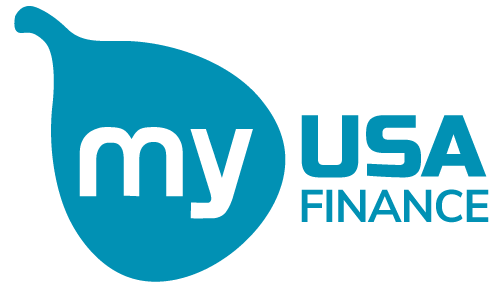Are you struggling to pay off your credit card debt? If so, you’re not alone. Millions of Americans are in the same boat.
According to the latest consumer debt data from the Federal Reserve Bank of New York, Americans owe $841 billion on their credit cards as of the first quarter of 2022.
But don’t worry – there are ways to get out of debt and start rebuilding your financial future. Here are four tips that can help you get started.
Key Takeaways
- There are ways to get started on rebuilding your financial future
- Having a plan in place will allow you to work towards paying off your high-interest debt and being debt free
- When you’re trying to pay off multiple credit card balances, it can be helpful to use the snowball method
- If you have good credit, you may be able to take advantage of balance transfer offers from other credit card companies
How To Pay Off Credit Card Debt
1. Pay Off The Smallest Debt First
If you find yourself with more than one credit card and a balance on each, it’s important to always pay at least the minimum payment on each card.
This will help you avoid late fees and keep your credit score in good standing.
The snowball method
When you’re trying to pay off multiple credit card balances, it can be helpful to use the snowball method. With this approach, you focus on paying off the card with the smallest balance first.
Once that balance is paid in full, you take the money you were paying for that debt and use it to help pay down the next smallest balance.
This method can be a good choice for those who are feeling overwhelmed by their debt, as it can help to break down a large problem into smaller chunks.
Plus, seeing your balances go down can give you the motivation you need to keep going.
Read more: Simple Ways to Rebuild Your Credit Score
Looking for a Personal Loan?
Explore your options today!
2. Focus on the Highest Interest Rates
If you’re looking to get out of credit card debt, one strategy is to focus on your accounts with the highest interest rates. By doing this, you’ll minimize the amount of interest you pay, which means every dollar dedicated to debt repayment will go further.
The downside of this approach is that the accounts with the highest interest rates may also have the largest balances, which can make paying them off seem impossible.
If you want to adopt this strategy, it’s best to dedicate a set amount of money, or a certain percentage of your take-home pay, to the effort.
3. Consolidate Your Debt
If you’re struggling to make payments on several high-interest debts, consolidating your debt can help you save money and become debt-free faster. Debt consolidation lets you combine all of your balances into one account with a lower interest rate.
This way, you can focus on paying down your debt instead of trying to keep up with several different payments. In addition, because your new interest rate will be lower, you’ll save money and lower your monthly payment over time. If you’re ready to get out of debt, consolidating your loans is a great option.
This way, you can focus on paying down your debt instead of trying to keep up with several different payments. In addition, because your new interest rate will be lower, you’ll save money and lower your monthly payment over time. If you’re ready to get out of debt, consolidating your loans is a great option.
The downside of this approach is that the accounts with the highest interest rates may also have the largest balances, which can make paying them off seem impossible.
If you want to adopt this strategy, it’s best to dedicate a set amount of money, or a certain percentage of your take-home pay, to the effort.
Consolidate your debt into one monthly payment
If you have good credit, you may be able to take advantage of balance transfer offers from other credit card companies. This can be a powerful tool for getting your debt under control, but it’s important to use caution.
If you decide to transfer your balance, you’ll need to be disciplined about not using your new credit card for anything other than paying down your debt. Otherwise, you could end up in an even worse situation. Keep in mind that balance transfer offers usually have a limited time frame, so you’ll need to make a plan for how you’re going to pay off your debt before the intro period ends.
Used carefully, balance transfer credit cards can be a helpful way to get back on track financially. Just make sure you understand the terms and conditions before you sign up.
4. Create a Budget
It’s important to keep an eye on your spending and create a budget that works for you. A great way to start a budget is by:
- Categorizing your monthly expenses. This could include groceries, transportation, housing and entertainment.
- Your credit card statement can be a helpful tool in this process; many issuers categorize your spending for you.
- Understand how you are spending your money. Once you have a good idea of where your money is going, you can look for areas where you can cut back.
Then, take the money you’ve freed up and apply it to paying down your debt. By following these simple steps, you’ll be on your way to financial success.
- Reduce Your Total Credit Card Payments by up to 30% to 50%
- Speak One-on-One with a Certified Credit Counselor for Free
- More Than 10 Million People Helped in 27 Years
- Consolidate Your Debt Into One Monthly Payment
- Find a Solution That Works for Your Needs and Budget
- Get Out of Debt in 36-60 Payments
The Bottom Line
You may be feeling overwhelmed by your credit card debt, but there are ways to get started on rebuilding your financial future.
Paying off the smallest balance first can give you a sense of accomplishment and motivate you to keep going. Focusing on the highest interest rates will help you save money in the long run. Consolidating your debt into one payment can make it more manageable, and creating a budget will help you stay on track.
These four tips should provide a good starting point for anyone who is looking to get out of debt and improve their financial situation.
Are you ready to take the next step towards achieving your financial goals? See your debt consolidation options online today with My USA Finance.
Looking for a debt consolidation?
Explore your options today!













